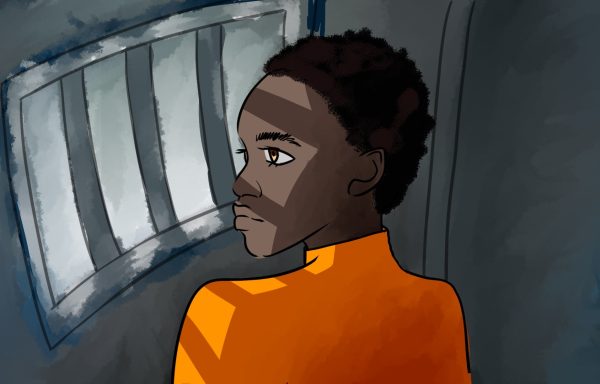Rape Culture On College Campuses Should Be Addressed in High School

strngwrldfrwl from Japan via Wikimedia Commons
With school buildings empty, the College Board has adapted exams for an at-home format.
According to the Centers for Disease Control and Prevention, nearly one in five women will experience sexual assault in her lifetime. A 2005 report by the American College Health Association reported that 20-25% of women who go to college are projected to be victims of an actual or attempted rape while on campus.
In light of these numbers, the transition from high school to college doesn’t just mean more rigorous courses, greater independence and new social situations. It signifies a drastic change in personal safety.
Young women are now much more likely to walk long distances alone, deal with hostile men who live nearby, and have to avoid poisonous relationships, all situations which could lead to sexual assault. The “one in five” statistic thus becomes much more relevant. This new proximity to likely threats has bolstered many rape culture-related protests in universities across the world.
The most recent manifestation of such a protest is “Carry that Weight”, which began as Columbia University student Emma Sulkowicz’s personal project and has expanded to include thousands of college students not only in America but in other countries as well. Sulkowicz, a rape victim, has yet to receive justice for the assault. As a result, she began carrying her dorm mattress around campus to symbolize the figurative weight of the trauma she has experienced.
She does not allow herself to ask for help carrying the mattress, but if someone offers it, she can accept it. This represents the idea that most victims of sexual assault feel unable to seek help from others; in fact, according to the United States Department of Justice, 60% of sexual assaults are not reported to the police.
Sulkowicz has said she will continue dragging the mattress around campus with her until her rapist is expelled from school or she graduates. Her strength and perseverance are inspirational, and will hopefully spark change in the way colleges respond to sexual assault.
A woman’s race, sexuality and gender identity also play an enormous role in her odds for being the victim of a sexual assault. For example, women of color are more likely than white women to be assaulted. To make matters worse, there are many more barriers which prevent minority women from reporting sexual violence.
Similarly, sexuality minorities are more likely to be sexually assaulted: a study by David Duncan revealed that 42% of gay, lesbian and bisexual university students reported they had been victims of rape, while 21% straight students said the same. According to Rape Response Services, at least 50% of transgender people experience sexual violence at some point in their lifetime.
These horrifying statistics demonstrate that women, while all at risk, do not all face the same chances; being a woman of a certain race, sexuality, or gender identity makes the transition to living alone drastically more dangerous.
In order to end rape and sexual assault for good, men, who compose over 99% of all rapists according to Justice Department numbers, need to be taught from a young age about the importance of consent. Consent is constituted by a sober, independent agreement to engage in sexual activity. The idea of consent should be a major topic in public school health courses and in general, a concept taught from parents to children the very moment they are mature enough to understand it. Until the threat of rape and sexual assault is diminished, it would also be beneficial for women to be taught self defense and personal safety.
Sexual assault is never the fault of the victim and thus, teaching girls how to protect themselves shouldn’t by any means be necessary. However, because we don’t live in an ideal world, such information could potentially save one from a dangerous, or fatal, situation. In the meantime, protests like Sulkowicz’s pave the way for a future where girls can walk through the streets alone without fear.
















